Actually you'll find lots of shoulder opening and twisting in the first 8ish minutes of the class, as well as lat stretching in down dog later in the class. If you're looking for more focus on upper body flexibility, you can check out the backbending video, which pays more attention to the shoulders and spine!
Shibari Study Support
Berlin, Germany
Replied on Gentle Flex | Class
Replied on Solo Stretching
Replied on What’s My Risk Profile? Pt 1
Replied on Xana Harness | Demo
Replied on Infinity TK | Class
Replied on Gorgone's TK | Third Rope
Replied on Hog Tie | Partial Suspension
Replied on Hog Tie | Partial Suspension
Replied on Carabiner Lock-offs


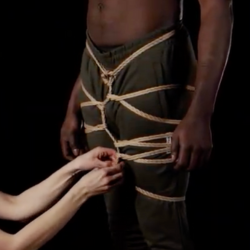



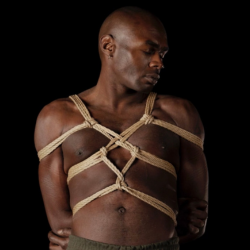

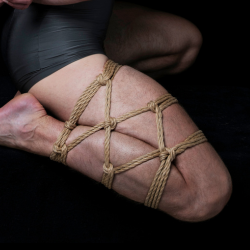
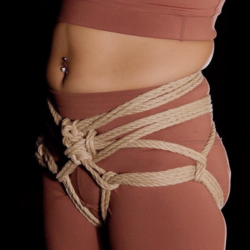
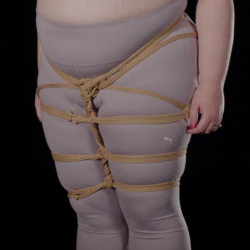


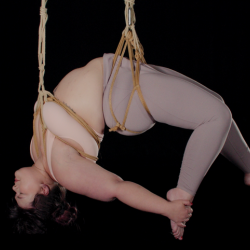
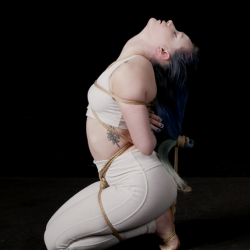
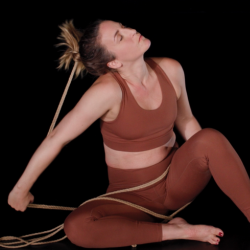

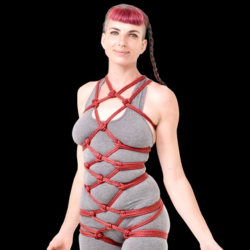



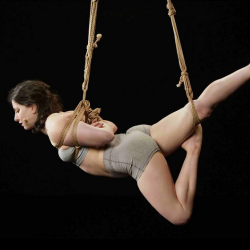
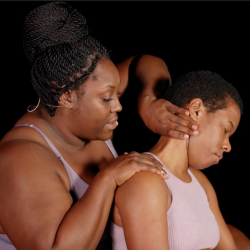



Replied on Tenshi Suspension | Tutorial
05 May 14:50
Hi Ralf, and thanks for your question. Since we had the opportunity to shoot a Tenshi tutorial with the creator herself, we opted to take down Ropunawa's tutorial, as we wanted to feature the tutorial with more in-depth safety and adaptation information.